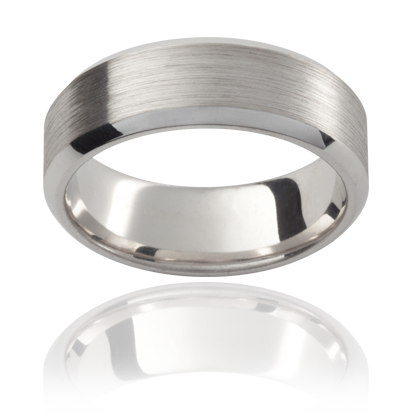Stainless steel
Properties of Stainless Steel
- Stainless steel is an alloy of iron that is resistant to rusting and corrosion.
- It contains at least 10.5% chromium and usually nickel, as well as 0.2 to 2.11% carbon.
- Stainless steel can be rolled into sheets, plates, bars, wire, and tubing.
- It is used in various applications such as cookware, cutlery, surgical instruments, and major appliances.
- Stainless steel is also used in industrial equipment and storage tanks for chemicals and food products.
Corrosion Resistance of Stainless Steel
- Stainless steel rusts only on the outer few layers of atoms, while deeper layers are shielded from oxidation by its chromium content.
- Nitrogen can be added to improve resistance to pitting corrosion and increase mechanical strength.
- Different grades of stainless steel with varying chromium and molybdenum contents are available for different environments.
- Corrosion resistance can be further increased by increasing chromium content, adding nickel, and adding molybdenum.
- Stainless steel's resistance to corrosion makes it suitable for use in pharmaceutical and food processing plants.
Strength of Stainless Steel
- The common type of stainless steel, 304, has a tensile yield strength of around 30,000psi in the annealed condition.
- Cold working can increase its strength to 153,000psi in the full-hard condition.
- Precipitation hardening alloys like 17-4 PH and Custom 465 have the highest tensile yield strengths, up to 251,000psi.
- Different grades of stainless steel offer varying levels of strength to suit different applications.
- Stainless steel's strength makes it suitable for use in various industries, including construction and automotive.
Melting Point of Stainless Steel
- Stainless steel has a melting point near that of ordinary steel, higher than the melting points of aluminum or copper.
- The melting point of stainless steel is expressed as a range of temperatures, depending on the specific alloy.
- The temperature range for stainless steel melting point is 1,400 to 1,530°C.
- The melting point of stainless steel depends on its chemical composition.
- Stainless steel's high melting point makes it suitable for high-temperature applications.
Conductivity of Stainless Steel
- Stainless steel has lower electrical conductivity compared to copper.
- The non-electrical contact resistance (ECR) of stainless steel is higher due to its protective oxide layer.
- Copper alloys and nickel-coated connectors are preferred for electrical connectors due to their lower ECR values.
- Stainless steel connectors are used in high-temperature and oxidizing environments where corrosion resistance is required.
- Stainless steel's conductivity limits its functionality in certain electrical applications.
Stainless steel Data Sources
| Reference | URL |
|---|---|
| Glossary | https://harryandcojewellery.com.au/blogs/glossary/stainless-steel |
| Wikipedia | http://en.wikipedia.org/wiki/Stainless_steel |
| Wikidata | https://www.wikidata.org/wiki/Q172587 |
| Knowledge Graph | https://www.google.com/search?kgmid=/m/06qqv |















